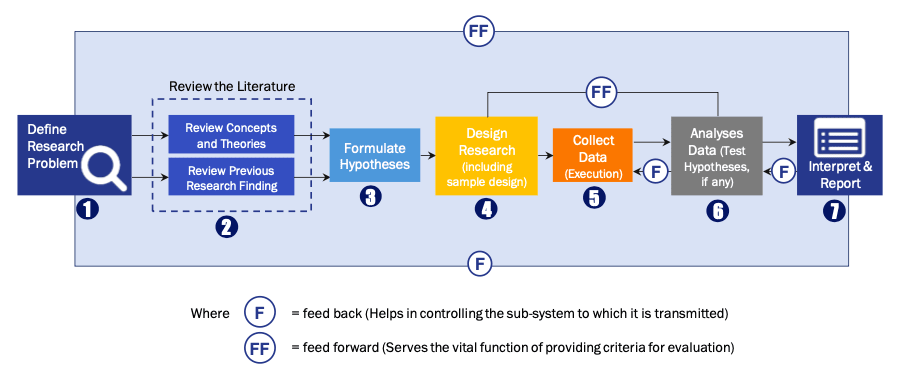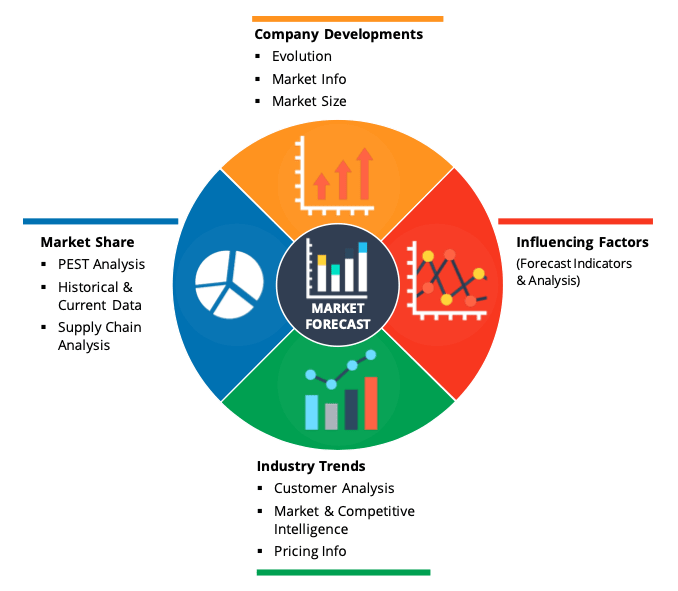Depression affects projected one in every 15 adults and affects almost one in six people experience depression at some time in life. Depression can attack at any age however on average it is observed during late teens to mid-20s. Females are more probable than men to experience the depression related disorders.
According to latest estimations from World Health Organization (WHO), over 300 million people are now having depression with increase of over 18% from 2005 to 2015. Depression is kind of psychological condition that causes persons to experience loss of interest, depressed mood, feelings of low or no self-worth, disturbed appetite or sleep, low energy, and a poor concentration. An individual suffering from depression experiences strong emotions of hopelessness, anxiety, negativity and helplessness.
Growing prevalence of various psychological disorder is one of major driver for market growth. Furthermore, increasing funding for R and D and clinical trials are further supporting the growth of market. Additionally, growing awareness about the disorders and treatments, prompt adoption of the new therapies and treatments, and the technological advancement are some of the key factors propelling the market growth.
Based on type of disease, the market has been divided into anxiety, depression, mood disorders, bipolar disorder, eating disorders, psychotic disorders, and other psychological behaviours and disorders. Anxiety is largest segment and is anticipated to witness a considerable CAGR in the meantime, depression is fastest growing segment.
Further based on diagnosis, market has been characterized into psychological tests, depression screening tests, laboratory tests, and others. Psychological tests are most common form of diagnosis and evaluation of this segment is anticipated to reach considerably higher revenue by 2026.
Regional Overview
The North America holds is the largest market share of the market. This is largely due to the up-to-date treatment and diagnostic options available. Investigation for the psychological health is well funded and also awareness of psychological health disorders, there is demand for various depression and psychological health screening in the region, particularly in nations such as U.S and Canada.
Europe, with the second largest market share, is anticipated to grow considerably over the forecast period. This is due to the similar growth patterns as North America. Germany, the U.K and France are the top markets in this region, and have a strong existence of the major players which further impact the growth.
Competitor overview
Some of major strategies followed by the players operating in global depression screening market include innovation, and acquisition & mergers, product development. North America witnessed high demand for the screening and diagnostic tests due to broad market size and the greater spending power. Furthermore, China Japan, and India are anticipated among the top fastest-growing markets for the depression screening market in the coming years. Pfizer PLC and Eli Lilly are two of the noticeable market players in global depression screening market.
Key Players
Market Segmentation
By Diseases
By Diagnosis
By Geography
Data Library Research are conducted by industry experts who offer insight on industry structure, market segmentations technology assessment and competitive landscape (CL), and penetration, as well as on emerging trends. Their analysis is based on primary interviews (~ 80%) and secondary research (~ 20%) as well as years of professional expertise in their respective industries. Adding to this, by analysing historical trends and current market positions, our analysts predict where the market will be headed for the next five years. Furthermore, the varying trends of segment & categories geographically presented are also studied and the estimated based on the primary & secondary research.
In this particular report from the supply side Data Library Research has conducted primary surveys (interviews) with the key level executives (VP, CEO’s, Marketing Director, Business Development Manager and SOFT) of the companies that active & prominent as well as the midsized organization
FIGURE 1: DLR RESEARH PROCESS

Extensive primary research was conducted to gain a deeper insight of the market and industry performance. The analysis is based on both primary and secondary research as well as years of professional expertise in the respective industries.
In addition to analysing current and historical trends, our analysts predict where the market is headed over the next five years.
It varies by segment for these categories geographically presented in the list of market tables. Speaking about this particular report we have conducted primary surveys (interviews) with the key level executives (VP, CEO’s, Marketing Director, Business Development Manager and many more) of the major players active in the market.
Secondary ResearchSecondary research was mainly used to collect and identify information useful for the extensive, technical, market-oriented, and Friend’s study of the Global Extra Neutral Alcohol. It was also used to obtain key information about major players, market classification and segmentation according to the industry trends, geographical markets, and developments related to the market and technology perspectives. For this study, analysts have gathered information from various credible sources, such as annual reports, sec filings, journals, white papers, SOFT presentations, and company web sites.
Market Size EstimationBoth, top-down and bottom-up approaches were used to estimate and validate the size of the Global market and to estimate the size of various other dependent submarkets in the overall Extra Neutral Alcohol. The key players in the market were identified through secondary research and their market contributions in the respective geographies were determined through primary and secondary research.
Forecast Model
